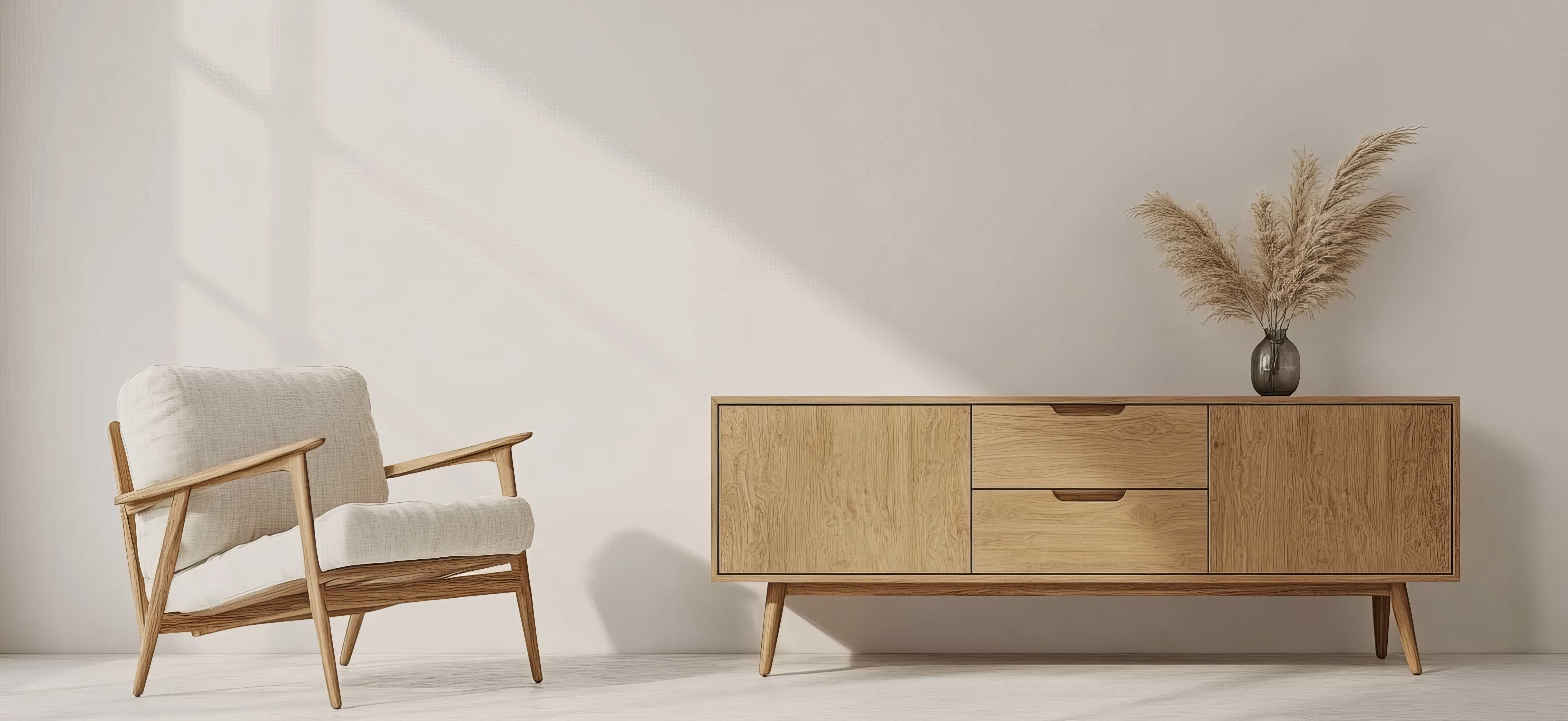

In the realm of interior design, furniture stands as a stout testament to the progression of human creativity and functionality. The historical trajectory of furniture has seen a myriad of styles, from the ornate embellishments of the Baroque period to the minimalist ethos of mid-century modernism. Today, furniture design embarks on a new chapter, one that intertwiles elegance and transformation.
Elegance in furniture is characterized by its simplicity, sophistication, and utility. The transformative aspect enters when these pieces also incorporate the ability to change form or function, catering to the dynamic needs of contemporary living spaces. This transformative elegance is rooted in three core principles: adaptability, innovation, and a refined aesthetic.
As urban living spaces become more compact and multifunctional, the demand for adaptable furniture has surged. Transformative pieces such as extendable dining tables, sofa beds, and modular shelving systems exemplify the adaptive nature of contemporary furniture. These designs offer the versatility needed to transition smoothly from one usage to another, providing space-saving solutions without compromising on style.
Innovation in furniture design extends beyond mere appearance or functionality. It involves pioneering new materials that are both sustainable and durable, such as bamboo, reclaimed wood, or high-performance composites. Similarly, designers are reimagining the mechanisms of transformation, ensuring that the transition between forms is both effortless and seamless. These innovations contribute to the longevity of the furniture and underscore its transformative potential.
Despite the complexity of mechanisms hidden within transformative furniture, the hallmark of elegance is maintained through clean lines, balanced proportions, and a harmonious color palette. Whether expanded or compacted, these pieces exude a polished look that complements the modern interior. The beauty of such furniture lies in its ability to command attention while also integrating fluidly into the overall design narrative of a space.
The future of transformative furniture design holds limitless possibilities, driven by technological advancements and a growing emphasis on sustainability. Innovators in the field continue to challenge traditional notions of form and function, crafting pieces that are not only environmentally conscious but also dynamic in their utility. As we move forward, the fusion of transformation and elegance in furniture design will continue to redefine our living environments, promoting a symbiotic relationship between beauty and adaptability.